McDonald’s has been shaking up the fast-food world since the 2000s. Some ideas became legendary, while others quietly disappeared. Love it or not, it has never been afraid to try something new. This list gives 15 of the wildest, most unique things only McDonald’s has pulled off because no other fast-food giant plays the game quite like this.
Introduction of the McFlurry (2000)
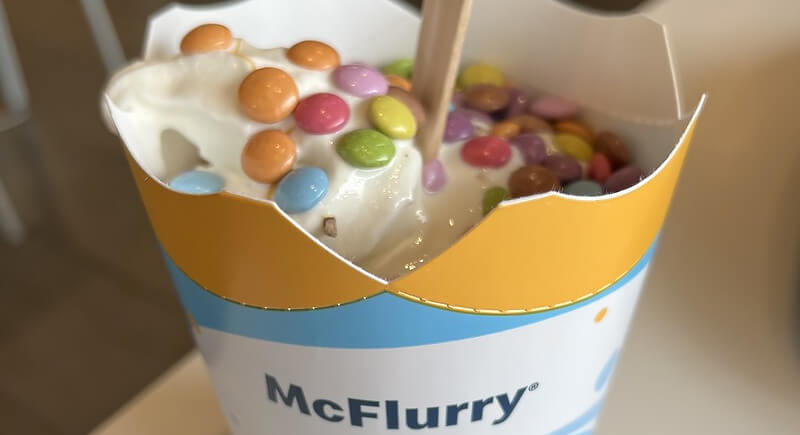
In 2000, McDonald’s took desserts to the next level with the McFlurry, a soft-serve creation loaded with candy, cookies, or chocolate mix-ins. It was initially launched in Canada in 1995 but quickly spread worldwide, with local markets experimenting with flavors like matcha in Japan and dulce de leche in Latin America.
Expansion of McCafé (2001)
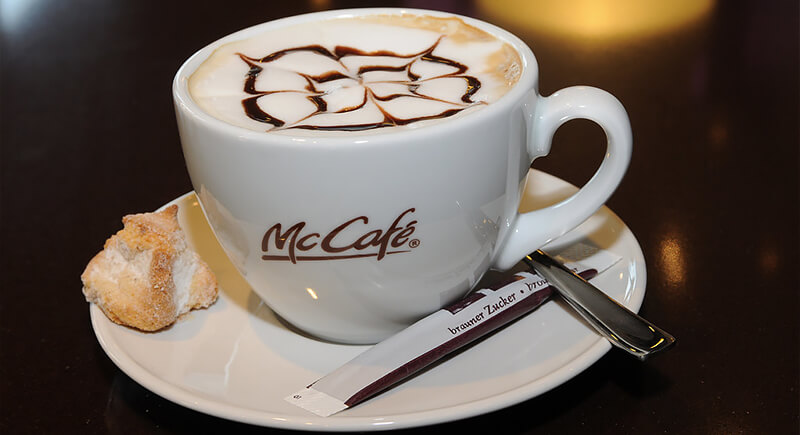
Before McDonald’s stepped up its coffee game, people weren’t exactly rushing to the Golden Arches for a latte. In 2001, the company decided to compete with Starbucks by rolling out McCafé locations, starting in Australia. By the mid-2000s, these coffee-focused spots expanded globally, offering espresso drinks, pastries, and even fancy barista-style presentations.
Dollar Menu (2002)
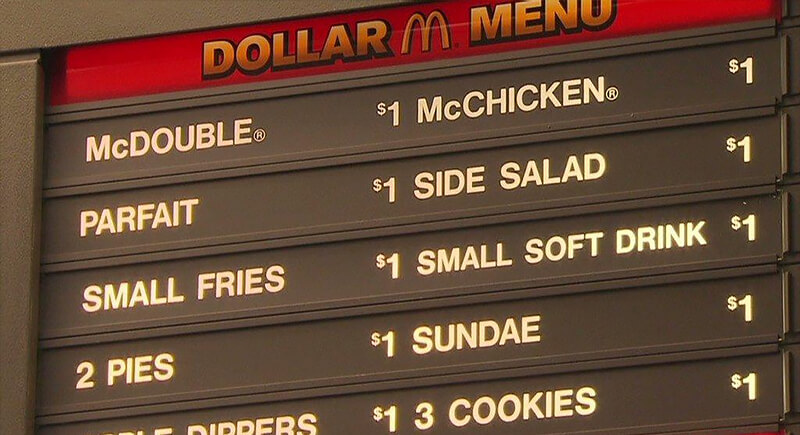
There was a time when you could get something decent for a dollar. That was when McDonald’s changed the fast-food game with its Dollar Menu in 2002. Budget-conscious customers could feast on cheeseburgers, fries, and McChicken sandwiches, without breaking the bank. The menu became a favorite, but rising costs forced McDonald’s to tweak the pricing over time.
McDonald’s Monopoly Game (2003)
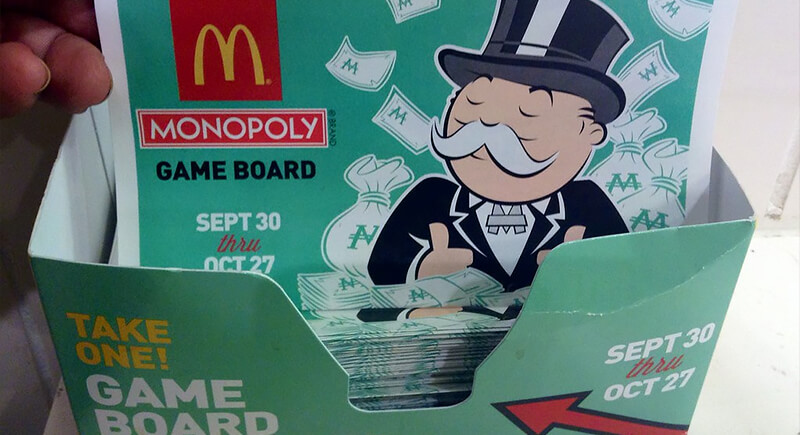
Few fast-food promotions have sparked hype and controversy, like McDonald’s Monopoly. First introduced in the late ’80s, the game saw a major revamp in 2003, with bigger prizes and a digital tie-in. Customers peeled game pieces off drink cups and fries, hoping to collect properties for massive payouts.
Digital Menu Boards (2011)
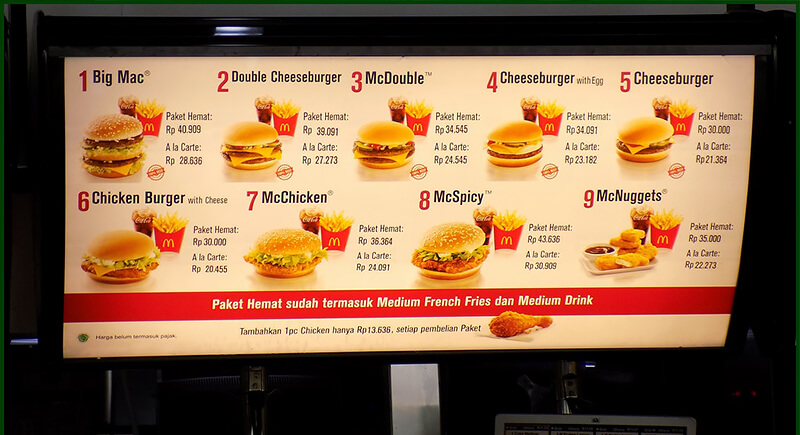
McDonald’s introduced high-tech displays in 2011 that allowed real-time updates, eye-catching visuals, and the flexibility to highlight promotions, limited-time items, or even adjust prices based on demand. The move even helped streamline operations and made upselling easier. Plus, no more awkward paper signs taped over discontinued items.
Calorie Counts on Menus (2012)
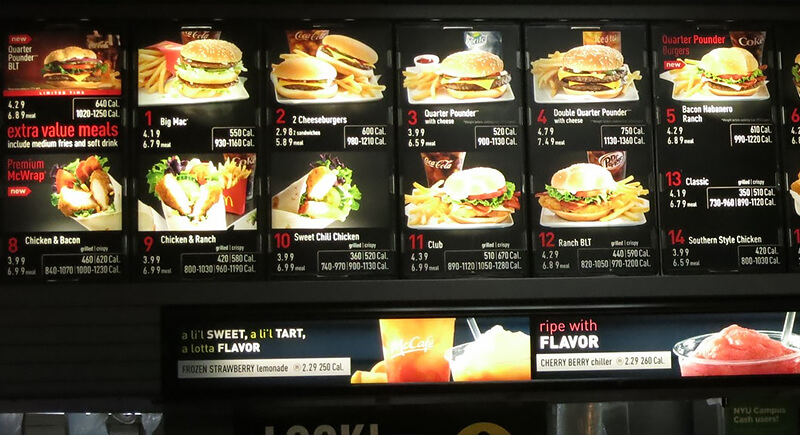
Ordering a Big Mac became more thought-provoking in 2012 when McDonald’s added calorie counts to its menu boards. They made the move before it was legally required to give customers a clear look at what they were consuming. While some were surprised to see just how indulgent their favorite meals were, others appreciated the transparency.
McDonald’s App (2015)
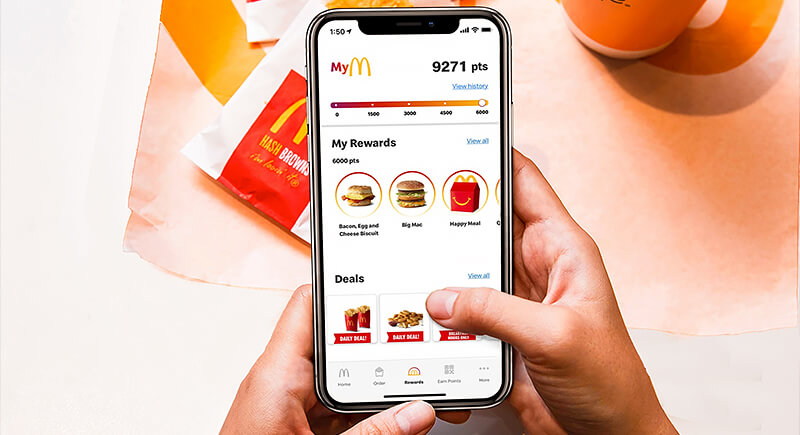
McDonald’s went mobile in 2015 with the launch of its official app. They packed the app with exclusive deals, loyalty rewards, and location-based promotions. Customers could order ahead, customize their meals, and skip long drive-thru lines. It also gave McDonald’s valuable data on what people were ordering.
Self-Service Kiosks (2015)
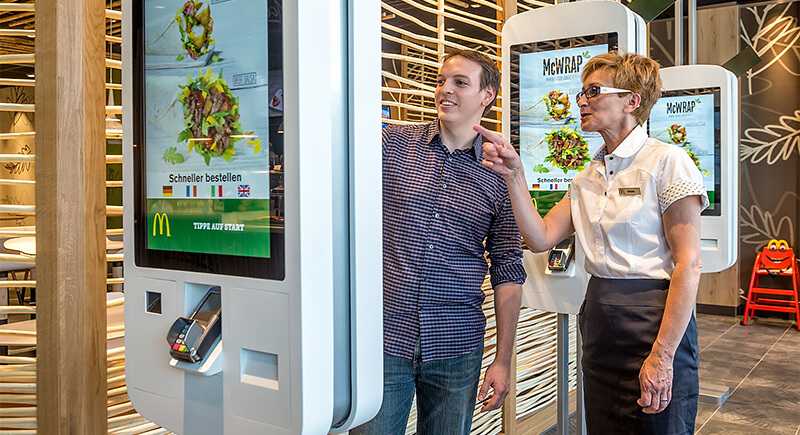
When McDonald’s introduced self-service kiosks in 2015, it was a huge tech upgrade for the fast-food world. Instead of waiting in line, customers could tap through digital screens. The kiosks also helped increase order sizes because people were more likely to splurge on extra toppings or desserts without a cashier to judge.
Mobile Ordering and Payment (2015)
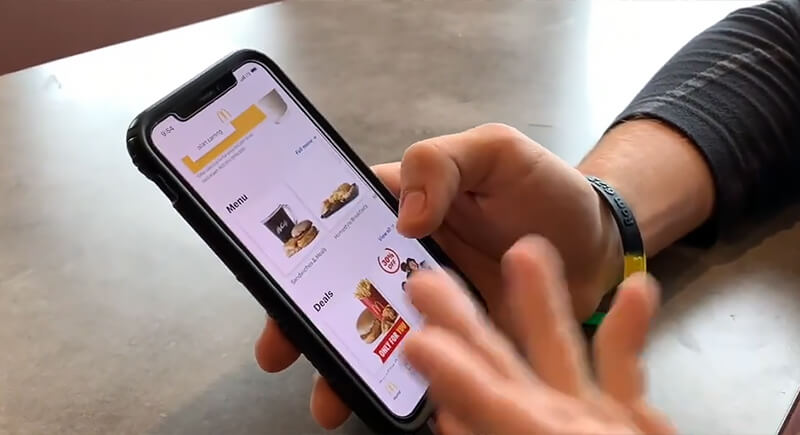
McDonald’s made ordering faster and easier when it introduced mobile ordering and payment in 2015. Since then, customers have been able to browse the menu, customize their meals, and pay straight from their phones. It was a game-changer for busy people and anyone who wanted to skip the awkward drive-thru order rush.
All-Day Breakfast (2015)
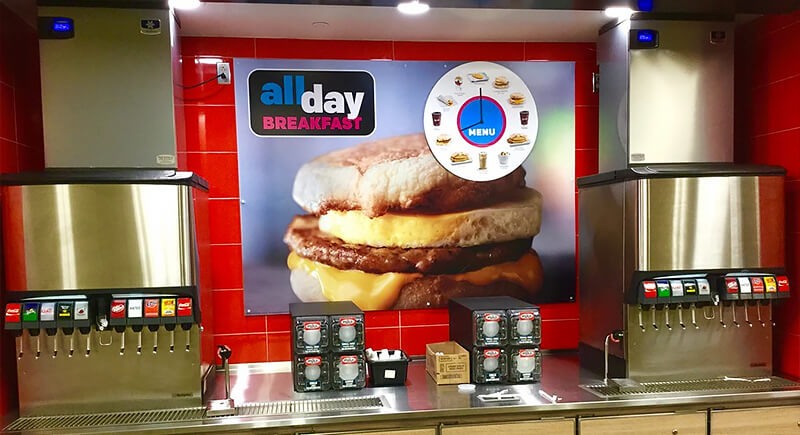
Breakfast cravings don’t stop at 10:30 a.m., and McDonald’s finally listened. In 2015, the chain introduced All-Day Breakfast, so customers order Egg McMuffins and hash browns whenever they wanted. It was one of McDonald’s most requested changes, and the excitement was tangible. Sales spiked, and locations scrambled to keep up with demand.
Table Service (2016)
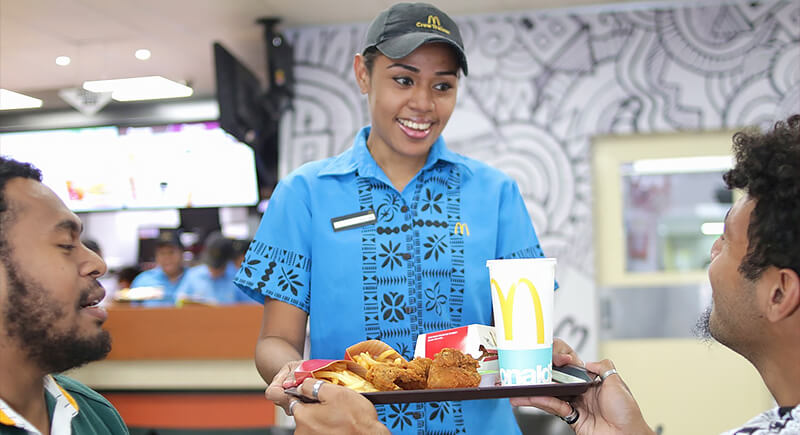
McDonald’s launched its hospitality game in 2016 by introducing table service at select locations. The move was designed to improve customer experience and compete with sit-down restaurants. While not every location adopted it, the ones that did saw longer stays and higher ticket prices.
Implementation of Eco-Friendly Packaging (2018)
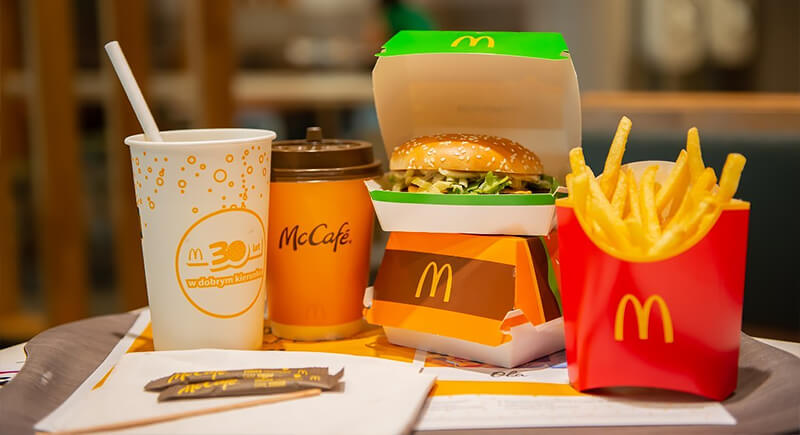
In 2018, the company recognized its impact on waste and pledged that by 2025, all guest packaging would come from renewable, recycled, or certified sources. Plastic straws were swapped for paper ones in many countries, and foam containers were phased out. Some locations even experimented with reusable containers.
McDonald’s Global Menu Restaurant (2019)
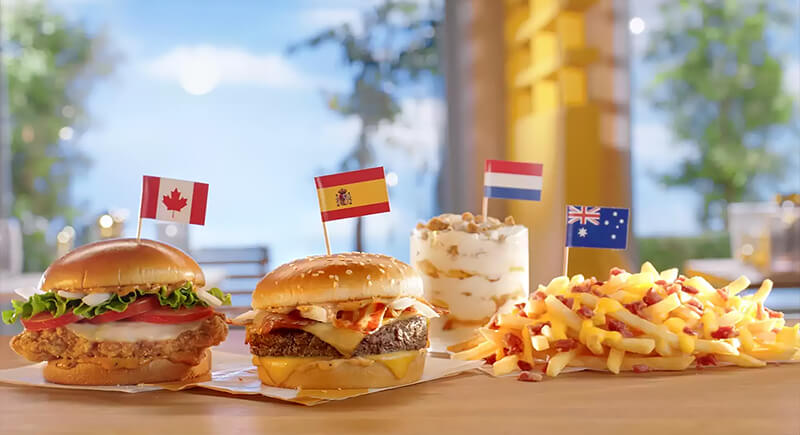
McDonald’s opened a restaurant in Chicago featuring menu items worldwide. Since then, fans have been able to try the McSpicy from Hong Kong, the McAloo Tikki from India, and other global hits. The rotating menu keeps things fresh.
Spicy Chicken McNuggets (2020)
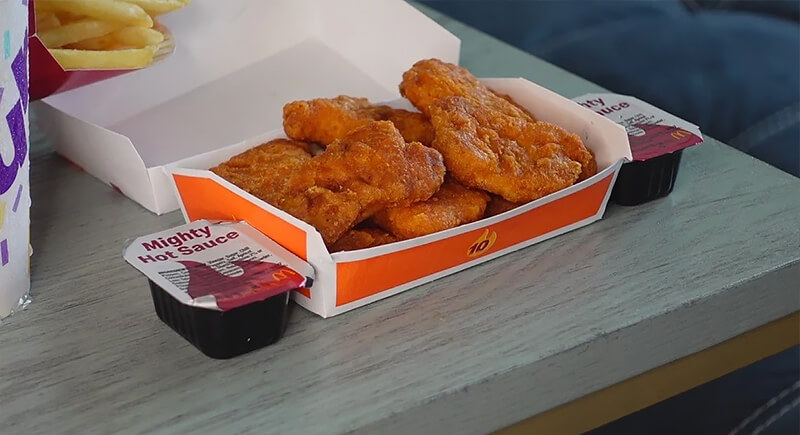
Launched in 2020, these fiery nuggets brought the heat with a cayenne and chili pepper breading, paired with a limited-time Mighty Hot Sauce that packed an extra punch. It was an instant hit and sold out in many locations within weeks. Fans loved them so much that McDonald’s had to bring them back multiple times.
Launch of the BTS Meal (2021)
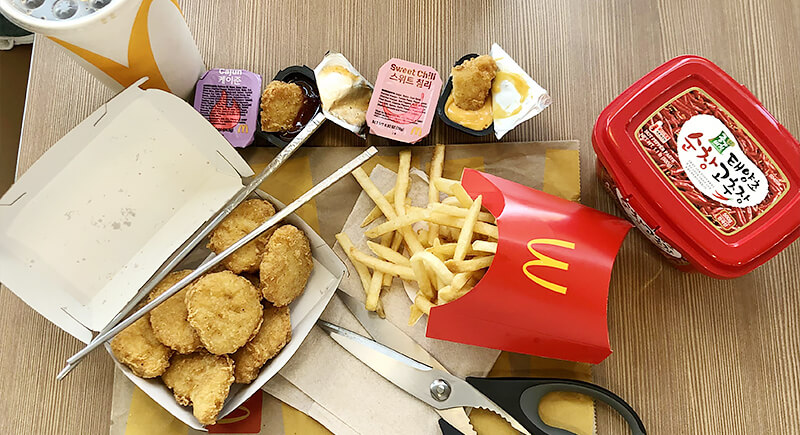
When McDonald’s teamed up with BTS in 2021, it became a global phenomenon. The BTS Meal featured 10-piece Chicken McNuggets, fries, a drink, and two limited-time dipping sauces. The collaboration extended beyond food, with exclusive merch and a digital campaign that had ARMY buzzing. A Happy Meal for grown-ups? Pretty much.